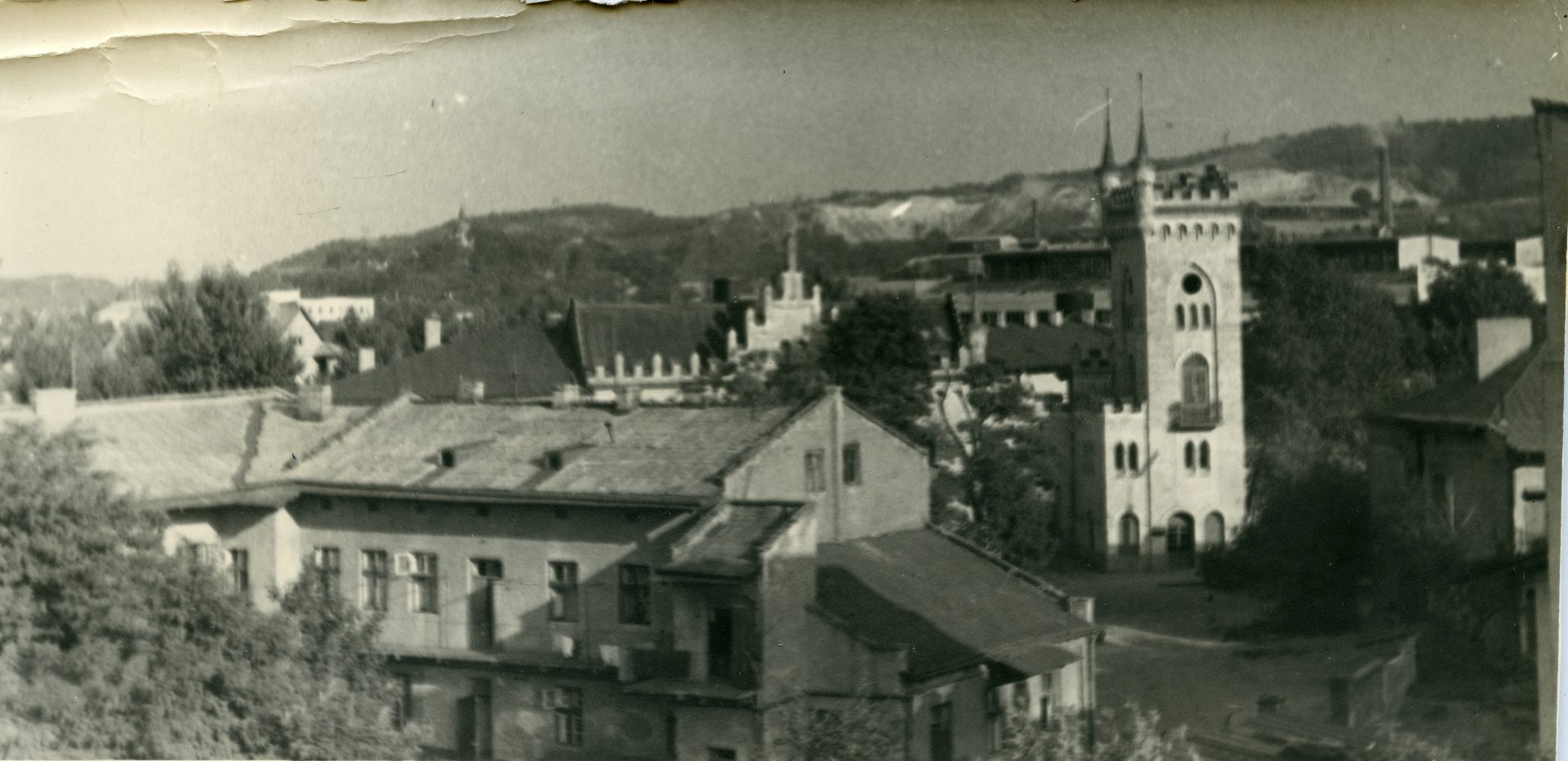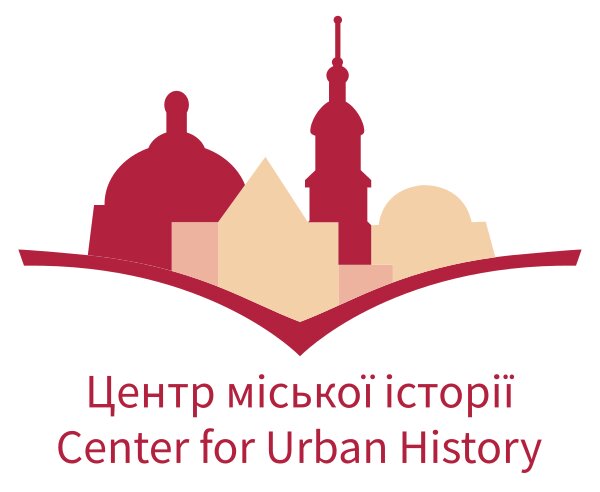Second Life of Heritage: Experience of Lviv
17.1.2022, 17:00
online / zoom
In the time of the full-scale russian invasion, Lviv is responding to new challenges — significant migration of some of the local population, shutdown or modifications of industries and public places, and the arrival of displaced persons and businesses. However, throughout its turbulent history, Lviv has been through many political regime changes and economic ups and downs, which was reflected in its architectural heritage — the abandonment and revitalization of buildings, changing functions, and adaptation of buildings to new inhabitants and needs.
During the roundtable discussion "The Second Life of Heritage: Experience of Lviv" together with practitioners in the field of heritage, we will discuss the experience of Lviv since its inscription on the UNESCO list till the present day, as well as new challenges during the war, and the prospects for revitalization, taking into account post-war reconstruction, European integration, and changes in the construction and planning spheres at the national level.
The participants will focus on the issues of heritage adaptation. Is it always the same as preserving or protecting a monument? Who should be involved in the process of revitalization of monuments? What are the risks of such projects, and how can they be minimized? What are the typical and more creative ways of financing projects? To what extent does the heritage sector depend on politics? What are good examples of heritage adaptation?
Basing on the discussion, we will prepare and publish notes.
Participants: Liliia Onyshchenko, Pavlo Bohaichyk, Mariia Kravchenko
Moderator — Iryna Sklokina
We thank the Heritage Bureau and the Department of Historic Environment Protection of Lviv City Council for the partnership.
The roundtable is part of the project "Heritage for Reconstruction: Best Practices and Policies of Adaptive Heritage Reuse," funded by the Stabilization Fund for Culture and Education 2022 of the German Federal Foreign Office and the Goethe-Institut.
Credits
Cover Image: Jam factory, 1950s. Collection of Volodymyr Dakhno // Urban Media Archive of the Center for Urban History


